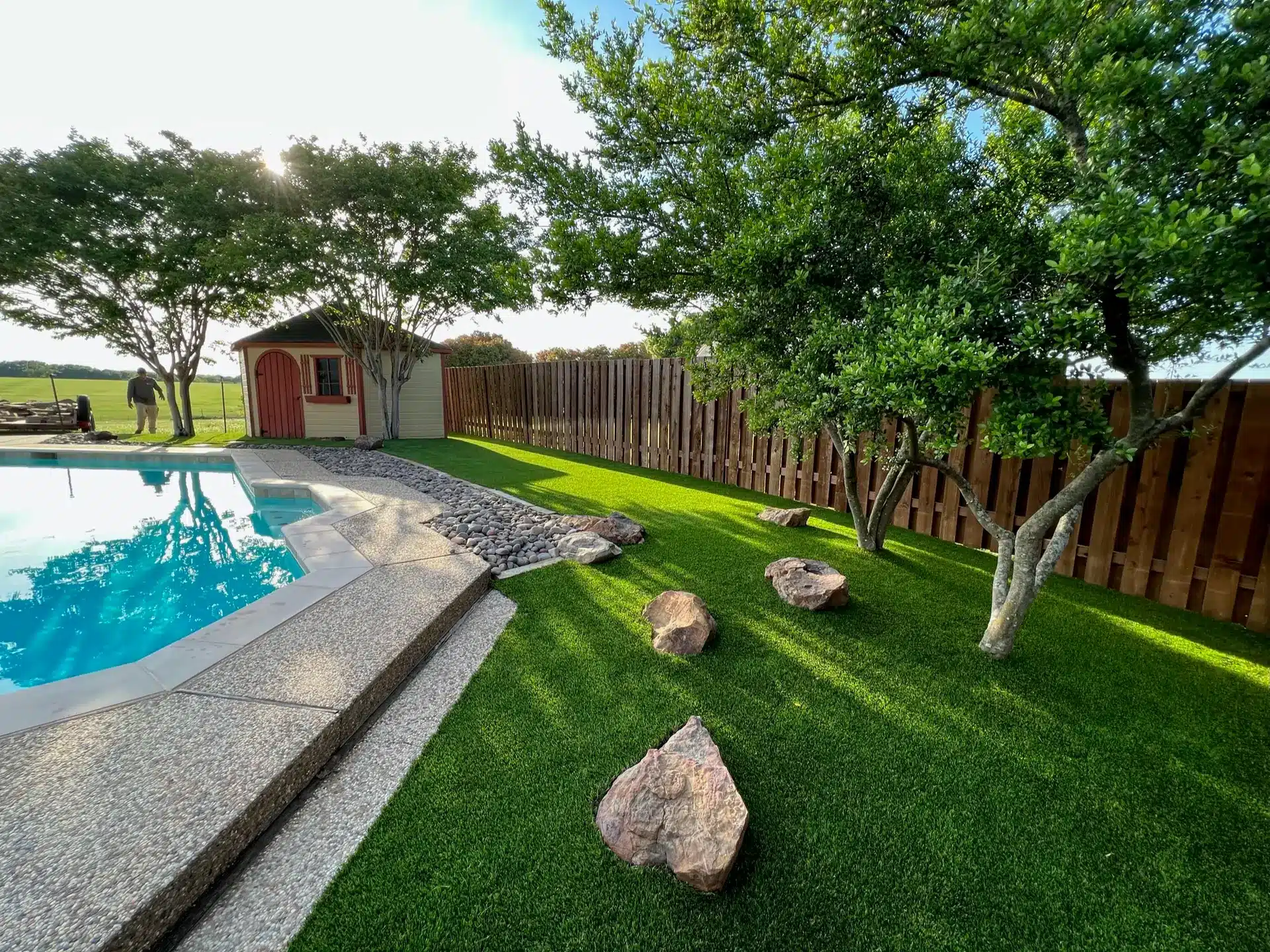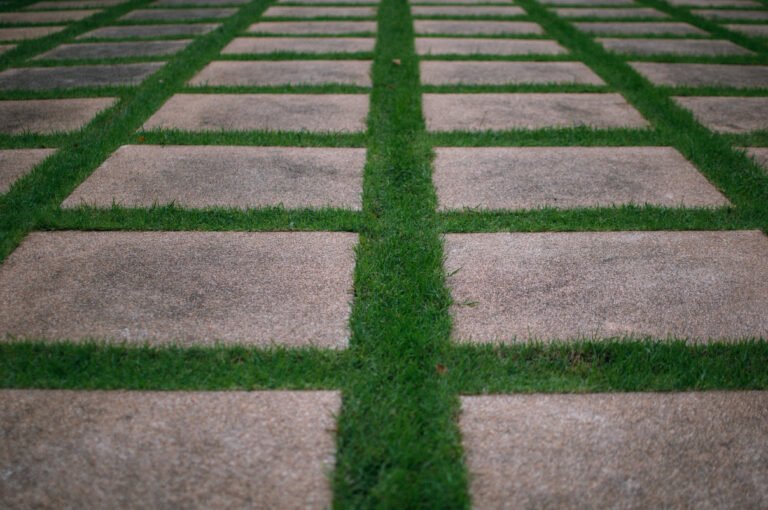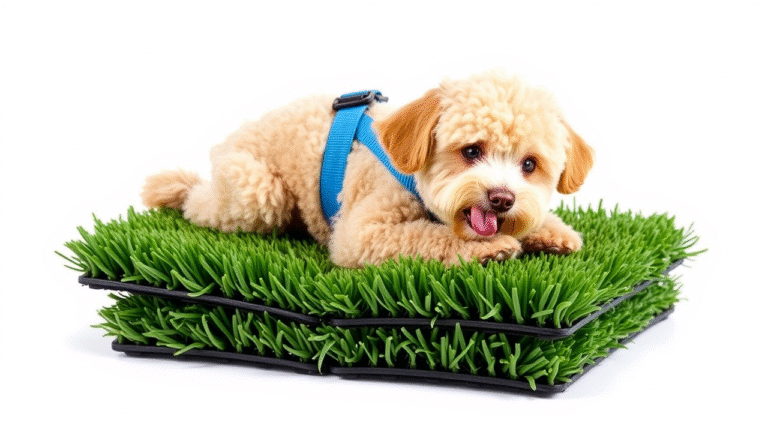Innovations in Turf: Transforming Sports Fields and Residential Lawns for the Future

Innovations in turf technology have revolutionized the way people maintain and enjoy both residential lawns and sports fields. As society moves toward more sustainable practices, these advancements are becoming essential for homeowners and sports facilities alike. The innovations are not only environmentally-friendly, but they also provide improved playing surfaces and aesthetically appealing lawns.
Residential lawns and sports fields may have different requirements in terms of maintenance and features, but both settings have experienced remarkable transformations due to cutting-edge turf solutions. These innovations include synthetic turf, modified natural grass, and advanced irrigation systems, all aimed at conservation of resources such as water, chemicals, and time.
By embracing these innovations in turf technology, homeowners and sporting enthusiasts can achieve a balance between practicality and sustainability. These improvements offer benefits such as reduced maintenance costs, enhanced aesthetics, and better-performing surfaces for athletic activities, while also significantly reducing the environmental impact of traditional landscaping and field maintenance practices.
Evolution and Types of Turf
Historical Overview
The history of turf can be traced back to the early 20th century when natural grass sports fields became the norm. However, the first artificial turf was introduced in the 1960s as a response to the increasing demand for sports fields. This synthetic grass, known as “AstroTurf,” was first installed in the Houston Astrodome in 1966. By the late 20th century, the second generation of synthetic turf had emerged, with improved materials and designs.
Comparing Natural and Synthetic Turf
| Natural Grass | Synthetic Grass | |
|---|---|---|
| Feel | Soft, earthy | Firm, rubbery |
| Cost | Lower initial cost | Higher initial cost |
| Maintenance | High | Low |
| Durability | Less durable | More durable |
| Water use | Requires irrigation | No water required |
Natural grass has been the traditional choice for sports fields and residential lawns due to its soft, earthy feel, and lower initial cost. However, it requires significant maintenance and water for irrigation. In contrast, synthetic grass, primarily made of polyethylene and polypropylene, has a firmer and more rubbery feel. It has a higher initial cost but offers numerous benefits, such as low maintenance, increased durability, and no water requirements.
Materials and Design Innovations
With the introduction of the second generation of synthetic turf, numerous innovations have been made in materials and designs. For instance, infill materials like rubber granules or acrylic-coated sand improve the cushioning and performance of synthetic grass. Furthermore, advances in turf blade technology enhance the natural appearance, feel, and durability of synthetic grass.
In conclusion, turf has evolved significantly over the past century, undergoing numerous innovations in materials and design. Both natural and synthetic grass offer unique advantages for various applications, from sports fields to residential lawns. As technology continues to improve, modern turf solutions provide a range of options, ensuring an ideal choice for any given need.
Turf Applications and Benefits
From Stadiums to Backyards
In recent years, innovations in turf have expanded its use from sports fields to residential lawns and commercial landscapes. Turf technology has allowed for significant improvements in durability, playability, and aesthetic appeal. Installing turf in various settings provides benefits to athletes, homeowners, and businesses alike.
- Sports fields: Turf enhances performance and provides a safe, eco-friendly playing surface for athletes.
- Residential: Homeowners enjoy beautiful, low-maintenance lawns that are eco-friendly and safe for families and pets.
- Commercial: Businesses benefit from durable and attractive landscapes with low maintenance costs.
Enhancing Performance and Safety
Turf advancements have led to increased performance and safety for athletes. Features such as consistent shock absorption and uniform playing surfaces reduce the risk of injury and enhance overall comfort. Key benefits include:
- Improved traction and footing
- Reduced wear and tear on joints
- Lower risk of injuries related to uneven or slippery surfaces
- Better drainage capabilities, allowing for playability during and after rain
Furthermore, turf’s low-maintenance nature reduces the need for pesticides and fertilizers, promoting a healthier environment for athletes.
Sustainability and Environmental Impact
Innovative turf solutions also offer sustainability benefits and reduce negative environmental impacts. Some of the eco-friendly advantages of using turf include:
- Water conservation: Turf typically requires less water than natural grass, saving valuable resources.
- Reduced maintenance costs: Turf requires minimal mowing, trimming, and fertilizing, resulting in lower fuel consumption and a decrease in greenhouse gas emissions.
- Recycled materials: Many turf products incorporate recycled materials, supporting a circular economy.
Overall, the growth in turf innovations has made significant strides in expanding applications from sports fields to residential lawns and commercial landscapes. The focus on performance and safety, coupled with sustainability and environmental benefits, has allowed turf to emerge as a valuable solution for a wide range of settings.






